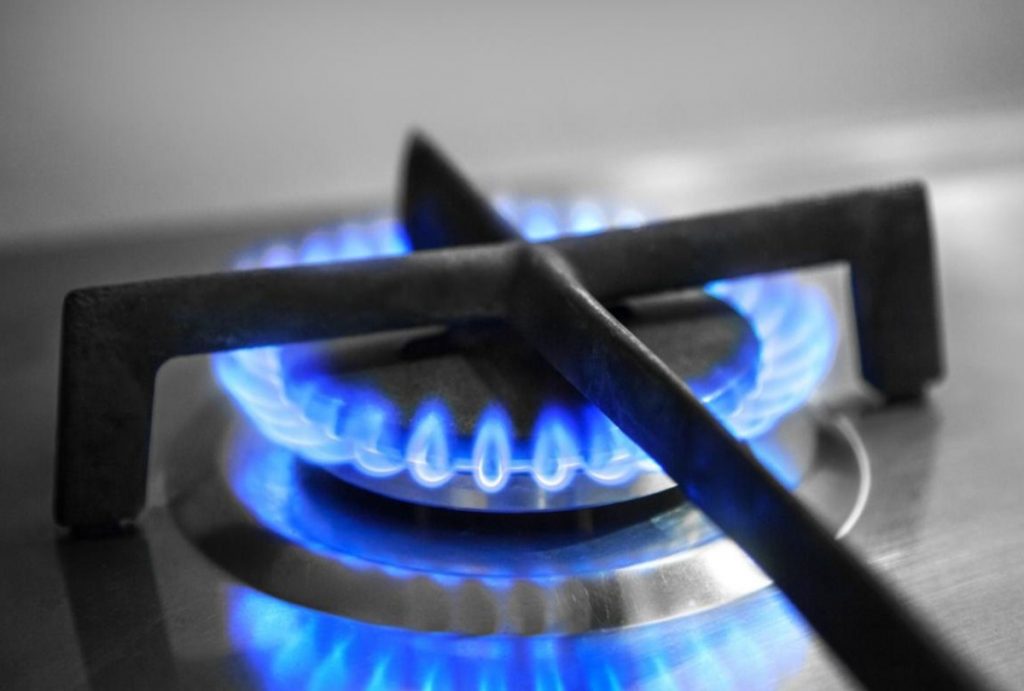
(Reuters) – U.S. natural gas futures hit a two-week high on Tuesday, underpinned by sharply colder 1–2 week forecasts that are lifting heating demand expectations, a month-to-date dip in output and strong LNG feedgas demand.
Front-month gas futures for November delivery on the New York Mercantile Exchange rose 4.7 cents, or 1.4%, to $3.44 per million British thermal units (mmBtu) as of 10:09 a.m. ET, its highest level since October 8.
Prices rose as much as 13% in the previous session.
“Further revisions to the 11-15 day outlooks, which are shifting much less “mild” and more temperate with some early season heating demand creeping onto the eastern portion of the maps” were supporting prices, said Gary Cunningham, director of market research at Tradition Energy.
“Although the rally has taken us out of the oversold position we were in, the rally early this morning edged us into slightly overbought so we anticipate some retraction to stay in the fundamental support band of $3.25-3.45 on November,” he added.
In the tropics, the U.S. National Hurricane Center said a tropical wave in the Caribbean had a near-100% chance of becoming a cyclone, with heavy rain and gusty winds possible over the ABC Islands within a day or two.
While Gulf Coast storms can lift prices by curbing offshore output, they more often cap rallies by interrupting LNG exports and knocking out demand from power outages, an important counterbalance given gas fuels about 40% of U.S. power generation.
“The bulk of this week’s strong price pop appears to be fueled by a shift in the short-term temperature views in the direction of colder patterns,” analysts at energy advisory firm Ritterbusch and Associates said in a note.
SUPPLY AND DEMAND
LSEG said average gas output in the Lower 48 states fell to 106.5 billion cubic feet per day so far in October, down from 107.4 bcfd in September and a record monthly high of 108.0 bcfd in August.
Record output earlier this year allowed energy companies to inject more gas into storage than usual. There is currently about 4% more gas in storage than normal for this time of year.
LSEG projected average gas demand in the Lower 48 states, including exports, would rise from 100.3 bcfd this week to 103.6 bcfd next week. Those forecasts were higher than LSEG’s outlook on Friday.
The average amount of gas flowing to the eight big U.S. LNG export plants rose to 16.5 bcfd so far in October, up from 15.7 bcfd in September and a monthly record high of 16.0 bcfd in April.
Gas was trading over $11 per mmBtu at both the Dutch Title Transfer Facility benchmark in Europe and the Japan Korea Marker benchmark in Asia.
Dutch and British gas prices traded in a narrow range on Tuesday morning, as stable temperatures support lower heating demand and as supply from Norway and from Liquefied natural gas (LNG) remains stable.
Meanwhile, oil majors, including Chevron and Shell, have reduced oil and gas output at a top Kazakhstan field after a Ukrainian drone strike damaged a gas processing plant in Russia that supports their operations, the companies said on Tuesday.
Reporting by Sherin Elizabeth Varghese in Bengaluru; Editing by Alexander Smith
Share This:




 CDN NEWS |
CDN NEWS |  US NEWS
US NEWS 




























